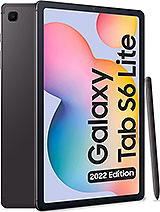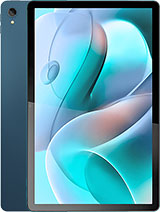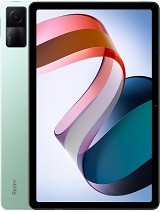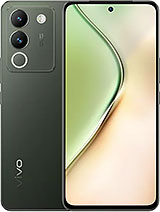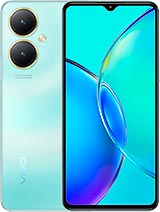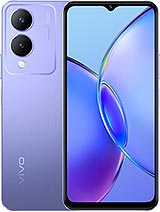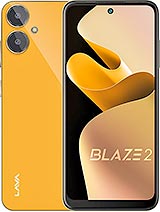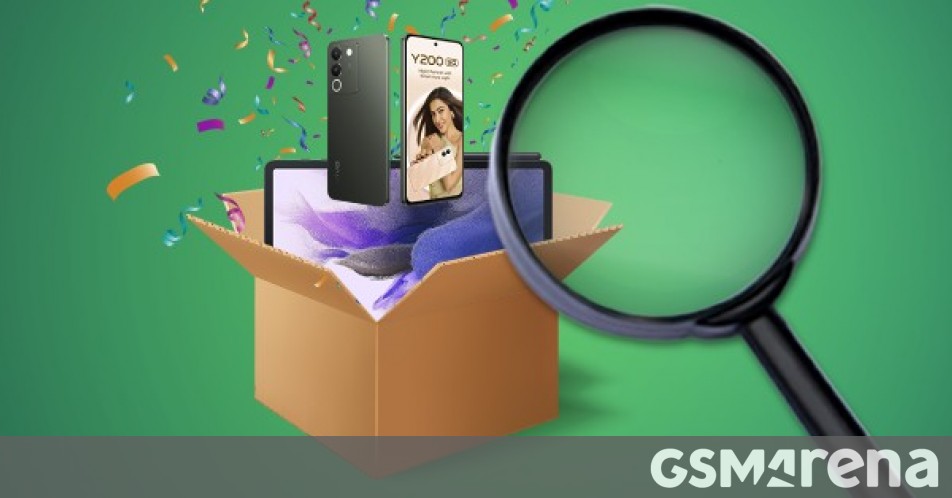
Tablets never killed off the PC, but they did take over some of its duties – especially when it comes to entertainment, but also casual web browsing and learning too. We picked out the more interesting tablet deals but also several phone offers too.
The Samsung Galaxy Tab S7 FE has been replaced by the S9 FE, but it’s still a capable slate. It has a 12.4” LCD with stylus support (an S Pen is included in the retail package) and DeX support for a more desktop-like multitasking. The USB-C port also lets you plug in external monitors and other accessories, so you can turn this into a proper desktop computer.
Not quite as capable but ₹10,000 cheaper is the Galaxy Tab S6 Lite. It has a smaller 10.4” LCD and a slower chipset, however, it still comes with an S Pen and supports DeX.
The Motorola Moto Tab G70 has a Helio G90T chipset and offers 4G connectivity, in case you want a data connection independent from your home Wi-Fi (or tethering). It has an 11” IPS LCD and quad speakers. Despite being cheaper than the Samsungs, this one still has a premium aluminum frame (with a water-repellent design).
Going back up in price is the Xiaomi Pad 5. This one offers a more premium experience with an 11” 120Hz IPS LCD with 10-bit colors, HDR10 and Dolby Vision, combined with a 4 speaker setup. There’s also the old-but-gold Snapdragon 860 inside, so this one will do fine for both streaming and gaming.
As a cheaper option, there is the Redmi Pad. This one has a 10.61” display – also a 10-bit IPS LCD but with 90Hz refresh rate (and no HDR). It is powered by the Helio G99, so it has a weaker GPU, but it does keep the 4 speaker setup (with Dolby Atmos to boot). Both the Xiaomi and the Redmi Pads have aluminum frames.
Alternatively, for around the same price you can get the larger Honor Pad 8. It has a 12” IPS LCD (10-bit) and a Snapdragon 680 chipset. It trumps the Redmi with 8 speakers. The chassis is made out of aluminum.
There is even a tablet under ₹10,000, the Lava Magnum XL. Despite the name, this one is the smallest of the bunch with a 10” display. However, it offers Wi-Fi + 4G connectivity, which some of the pricier slates do not. We’d recommend paying the ₹1,000 premium to get the extra gig of RAM, 2GB is too little (and the price is still under ₹10,000).
Moving on to phones, the vivo Y200 was released about a month ago. It has a 6.67” 120Hz AMOLED display and a Snapdragon 4 Gen 1 chipset. The body is rated IP54 for dust and splash resistance and houses a 4,800mAh battery with 44W fast charging (1-50% in 28 minutes). The camera setup is pretty basic, though the 64MP rear module does have OIS.
The vivo Y27 is a few months older, this one is equipped with a 6.64” IPS LCD (60Hz) and a Helio G85. It has a very similar 5,000mAh battery with 44W wired-only charging and the camera is once again pretty basic (not even OIS on the 50MP rear module). Note that this is 4G phone
If don’t want 5G connectivity, you can go even cheaper with something like the vivo Y17s. This one is also powered by the Helio G85 but the 6.56” IPS LCD is demoted to HD+ resolution. The cameras are the same, but the 5,000mAh battery is taken down a notch and only supports 15W charging.
You can get 5G in this price range, if you wanted it. The Lava Blaze Pro 5G is powered by the Dimensity 6020 chipset and has a large 6.78” display with 120Hz refresh rate – note that it is an FHD+ panel. Another advantage over the Y17s is that this one has 8/128GB memory for less than vivo’s 6/128GB option. The 5,000mAh battery supports 33W fast charging.
If you don’t want 5G or to spend ₹10,000 or more, the basic Lava Blaze 2 combines a 6.5” HD+ display, a 90Hz IPS LCD, with the Unisoc Tiger T616 chipset. It has a basic camera and a 5,000mAh battery with 18W charging.
We may get a commission from qualifying sales.

